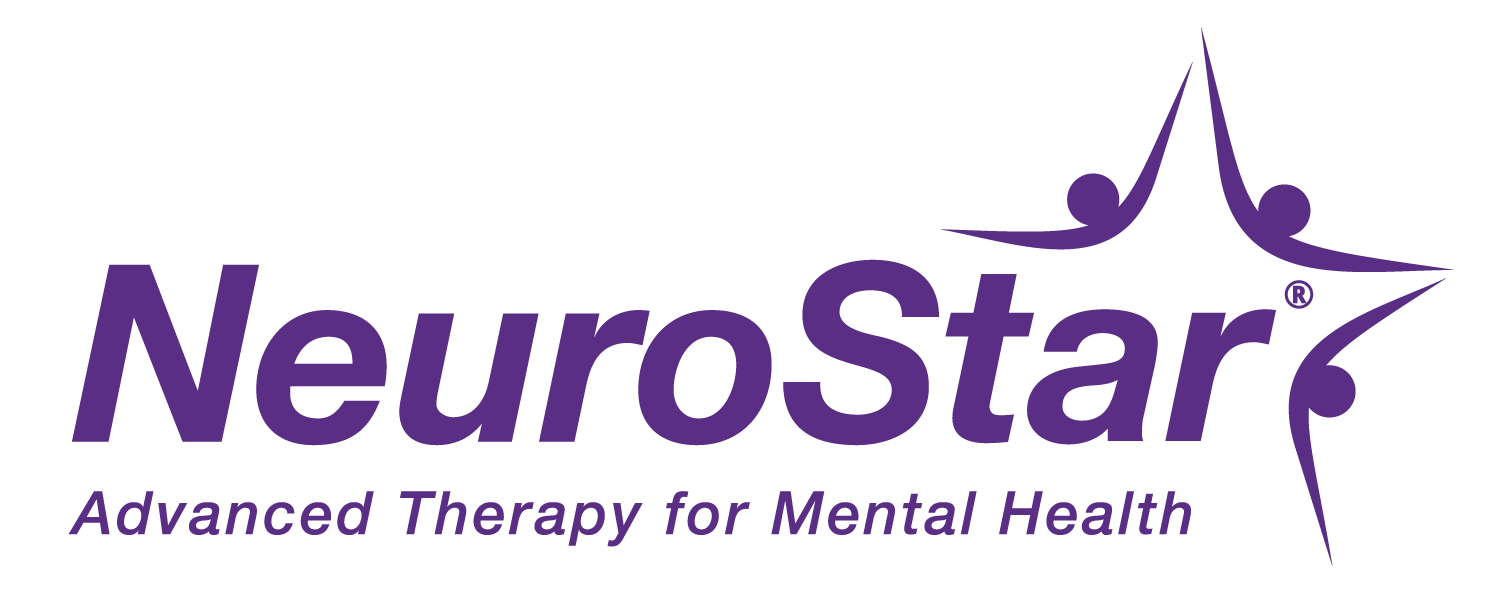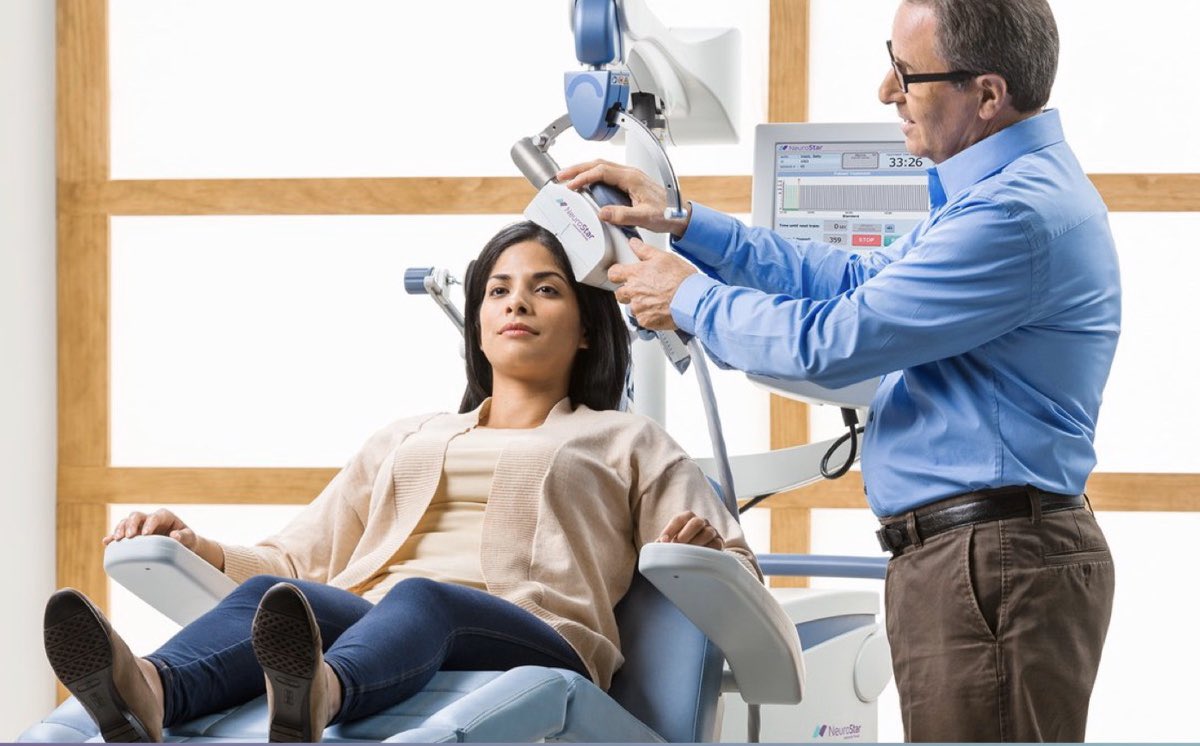Depression has become one of the leading causes of disability across the United States among people ages 15 to 44. Although there are many effective ways to treat Depression, first-line strategies such as psychotherapy and antidepressants don’t work for all.
What can depression sufferers do when they don’t respond to first-line treatment options? For a long time, electroconvulsive therapy (ECT or “shock therapy”) was considered one of the most effective treatment options for depression. While ECT is still widely used across the United States as a treatment, the intense side effects it can cause often steer people away.
For many patients suffering from depression, ECT can be too difficult to handle due to its negative effects on the brain and memory. For those who suffer from depression and many others who’ve experienced insufficient response to medication and therapies alone. Many people are unfortunately unaware there is an effective option for treatment-resistant depression known as TMS or transcranial magnetic stimulation.
SNBCare, partnered with NeuroStar, provides a safe, effective, and noninvasive treatment as an alternative to medication. According to a study published by Sackeim HA², 83% of patients completing NeuroStar treatment experienced measurable depression relief; and further, 62% experienced complete remission of their depression relief.
What Exactly Is Transcranial Magnetic Stimulation?
The goal of TMS is to stimulate the nerve cells in the brain that are responsible for mood regulation. TMS is completely noninvasive, impacting the central nervous system by using powerful magnetic fields targeted to specific regions of the brain, which we understand are associated with depression.
Focused magnetic pulses are used in TMS, similar to an MRI, to stimulate the brain’s dormant neurons and restore brain function. It is not a “shock” treatment, a drug, or a surgery. Instead, it is an effective, safe treatment for MDD that has fewer possible side effects than medication.
https://www.healthline.com/health/depression/does-depression-make-you-eligible-for-disability
https://neurostar.com/what-is-neurostar-advanced-therapy/
How Soon Will You See Progress with TMS?
NeuroStar TMS patients often notice an improvement in as little as two to three weeks. This can lead to changes in mood and a decreased risk of developing depression. It may also result in a greater desire to socialize with others more often. In addition, your friends and family might notice the changes before you do.
Completion is Important. The best way to get long-lasting depression relief is to complete the NeuroStar TMS treatment program from SNBCare.
Through SNBCare, treatments for depression are readily available, including TMS. The practice accepts most insurances and their qualified healthcare professionals work closely with you to determine which course of treatment will most benefit you. Ready to get started? Find out how SNB Care can help you with TMS.


